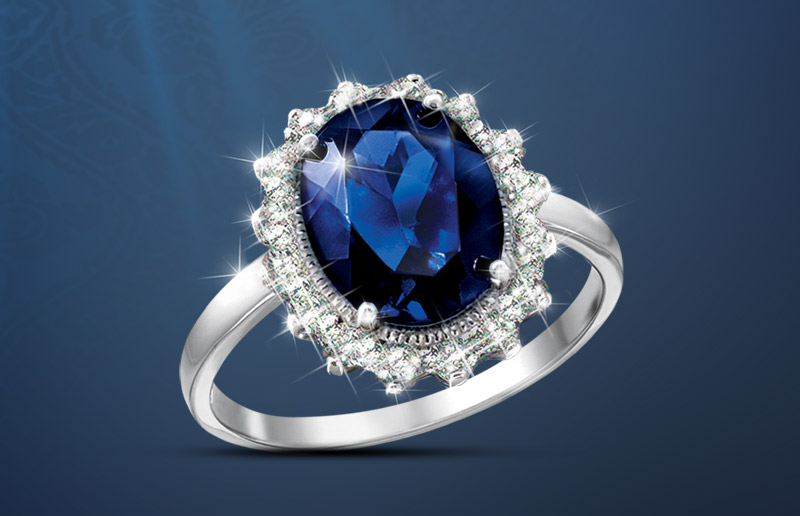Digital Print Makes Direct Mail Easy
We’ll never turn away walk-ins and will take on jobs of any size, big or small. We work with you to evaluate your business and then help you implement the best digital printing solutions for your needs. Like our Ricoh Pro range that supports a full range of scalable, versatile workflow solutions to manage the print run from job submission to output. Or our TotalFlow solution, where our software, professional services and expertise combine in a powerful one-stop print management and output offering. In an unpredictable business climate, where some market sectors are thriving while others struggle, it can be difficult to make investment decisions.
New technologies incorporated in state-of-the-art digital presses have made digital quality nearly as good as offset quality. In fact, to the untrained eye there is virtually no difference between the two options, and your business will not suffer because it chose a digitally printed business card over an offset-printed business card. Unlike offset printing, digital prices remain consistent per business card, which is why digital printing is less expensive than offset printing on short runs but can be quite a bit more expensive on bigger runs.

Your Printed Corporate Identity: Your Brand’s Best And Most Valuable Asset
Business card offset printing is also very fast and inexpensive – as the quantity increases, the price per business card can drop dramatically; however, this is only true when printing more than 200 business cards. Anything below that can become rather expensive on an offset press, because it takes time and costs money to set up the printing press for a new job. This is a one-time fee for each job, so once you exceed a certain order volume the fee is negligible and you can get the best quality for the best prices available.
Models that use metallic silver ink deliver brilliant, luxurious printing befitting name-brand and high-fashion promotional materials that require an extra level of glitz, or for creating unique and distinctive fine art. The greatest difference between digital printing and traditional methods such as lithography, flexography, gravure, flags and banner printing or letterpress is that there is no need to replace printing plates in digital printing, whereas in analog printing the plates are repeatedly replaced. This results in quicker turnaround time and lower cost when using digital printing, but typically a loss of some fine-image detail by most commercial digital printing processes.
With the right printing methods, businesses can ensure their storefront is able to attract the attention of potential customers. For starters, digital printing services have helped printing companies adjust to the consumer shift from large bulk orders to smaller orders.
In 2014, Roland DG launched the Texart brand specifically for digital textile printing in order to accelerate its sales in these markets. Furthermore, there is a large environmental burden in terms of the electric power required for machine operation, water used for washing the fabrics, machines and plates, and drainage of polluted water, etc. There is particular concern regarding the extent of environmental problems in developing nations where screenprinting is often undertaken.
Meanwhile, combining on-demand printing with variable data capabilities means that it’s easy to create personalized promotional materials. Just like it says on the tin, digital printing involves printing methods that don’t rely on traditional methods. While there will always be a place for older, mechanically-based analog methods like offset printing, there are some major drawbacks that include having to prepare physical plates for each image you’re printing. Every time you want to print a different image, no matter how subtle those differences may be, a traditional printing press needs to have an entire plate changed to accommodate those differences.
Recently, Roland DG has embarked on a promising new retail frontier by capitalizing on individuals’ increasing desire to create their own, uniquely designed and decorated items. The company’s COTO business division has developed proprietary design and print management software which enables customers to design their own gifts, apparel and treasured mementos, and to enjoy an unforgettable creative experience. Roland DG’s digital printing business consists primarily of developing wide-format inkjet printers and vinyl cutters for sign and display manufacturers that produce billboards, posters and other graphic works.
They are also used for designing personalized accessories, producing novelty gifts and customizing mass-produced items, with the UV market expected to grow even further in the future. PFL is a marketing technology company that provides printing, mailing, fulfillment, and marketing automation services to over 200,000 businesses from startups to the Fortune 500. ft. state-of-the-art facility provides a one-stop shop for all your company’s needs, from marketing advice, design services, sustainable print and mailing solutions since 1996.






